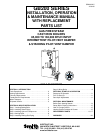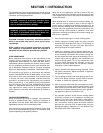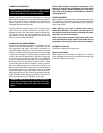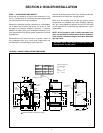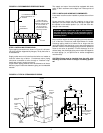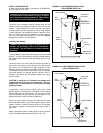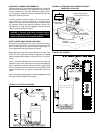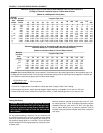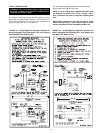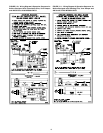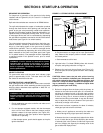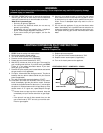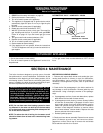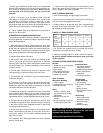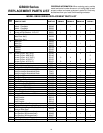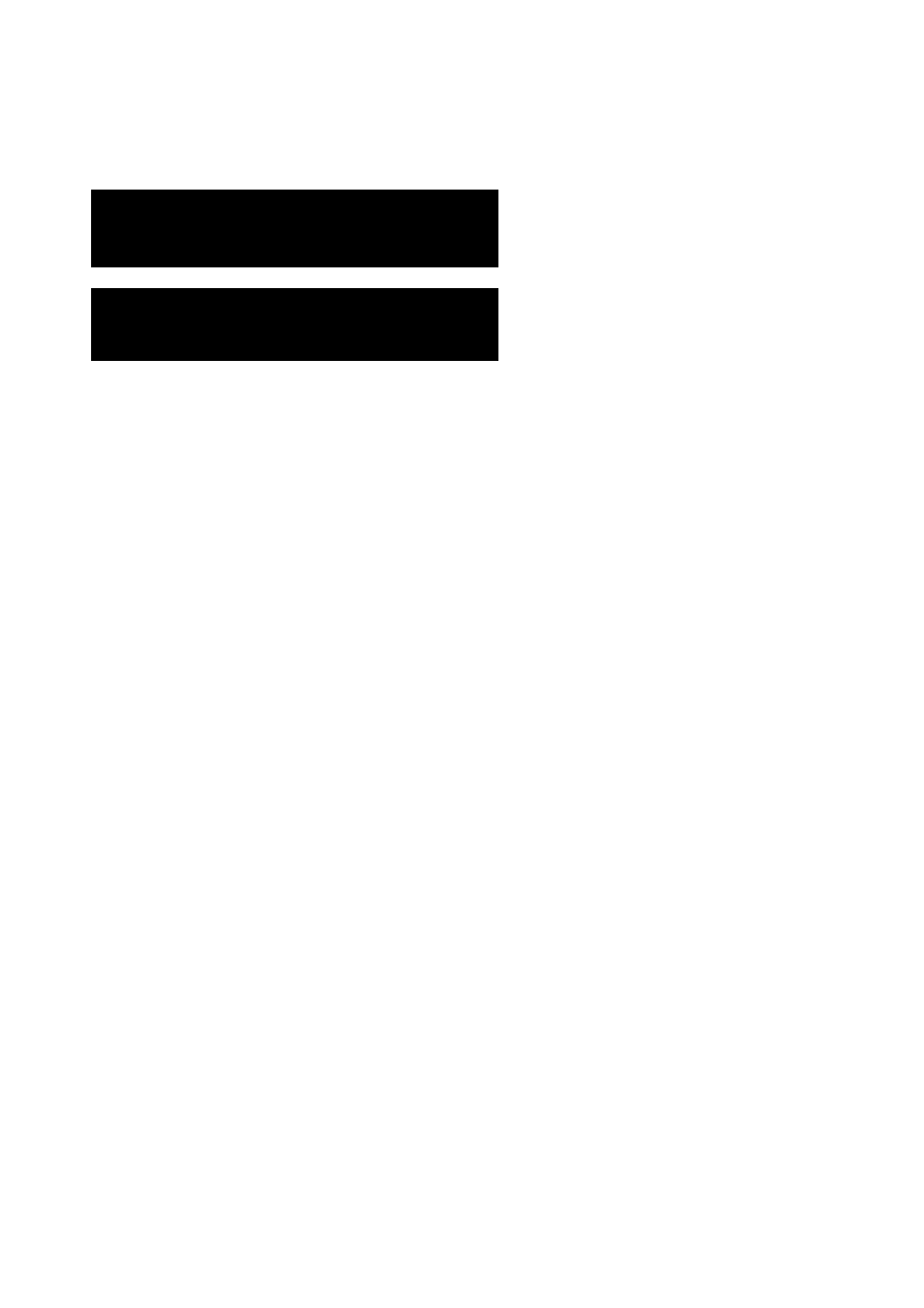
2
SECTION 1: INTRODUCTION
The following terms are used throughout this manual to bring
attention to the presence of potential hazards or to important
information concerning the product:
CAUTION: Indicates a potentially hazardous situation
which, if not avoided, may result in minor injury or prop-
erty damage.
NOTE: Used to notify of special instructions on installa-
tion, operation or maintenance which are important to
equipment but not related to personal injury hazards.
CODE COMPLIANCE
Boiler installations must conform to the requirements of the
authority having jurisdiction or, in the absence of such
requirements, to the National Fuel Gas Code ANSI Z223.1-
latest edition. Where required by the authority having jurisdic-
tion, the installation must also conform to the American Soci-
ety of Mechanical Engineers Code for "Controls and Safety
Devices for Automatically Fired Boilers", ANSI/ASME CSD-1.
All electrical wiring must be in accordance with National
Electric Code ANSI/NFPA No.70-latest edition and any addi-
tional state or local code requirements. If an external source
is utilized, the boiler, when installed, must be electrically
grounded in accordance with requirements of the authority
having jurisdiction or, in the absence of such requirements,
with the National Electrical Code, ANSI/NFPA No.70-latest
edition. UL listed power limited circuit cable is almost univer-
sally approved for safety controls on heating equipment,
either internally or externally, without protection of conduits or
raceway.
VENTING REQUIREMENTS
When connecting to gas vents or chimneys, vent installations
shall be in accordance with Part 7, Venting of Equipment, of
the National Fuel Gas Code, ANSI Z223.1-latest edition, or
applicable provisions of the local building codes.
Vent connectors serving appliances vented by natural draft
shall not be connected into any portion of mechanical draft
systems operating under positive pressure.
When two or more appliances vent into a common flue, the
area of the common flue should be at least equal to the area
of the largest flue plus 50% of the areas of the additional flue
or vent connectors.
When existing boiler is removed from common venting sys-
tem, common venting system is likely to be too large for
proper venting of appliances remaining connected to it. At
time of removal of existing boiler, the following steps shall be
followed with each appliance remaining connected to the
common venting system placed in operation, while other
appliances remaining connected to the common venting sys-
tem are not in operation:
1. Seal all unused openings in common venting system.
2. Visually inspect the venting system for proper size and
horizontal pitch and determine there is no blockage or
restriction, leakage, corrosion and other deficiencies
which could cause an unsafe condition.
3. Insofar as is practical, close all building doors and win-
dows and all doors between the space in which the appli-
ances remaining connected to the common venting sys-
tem are located and other spaces of the building. Turn on
clothes dryers and any appliance not connected to the
common venting system. Turn on any exhaust fans, such
as range hoods and bathroom exhausts, so they will
operate at maximum speed. Do not operate a summer
exhaust fan. Close fireplace dampers.
4. Place in operation the appliance being inspected. Follow
the lighting instructions. Adjust thermostat so appliance
will operate continuously.
5. Test for spillage at draft hood relief opening after 5 min-
utes of main burner operation. Use the flame of a match
or candle, or smoke from cigarette, cigar or pipe.
6. After it has been determined that each appliance remain-
ing connected to common venting system properly vents
when tested as outlined above, return doors, windows,
exhaust fans, fireplace dampers and any other gas-burn-
ing appliance to previous conditions of use.
7. Any improper operation of the common venting system
should be corrected so the installation conforms with
National Fuel Gas Code, ANSI Z223.1-latest edition.
When resizing any portion of the common venting sys-
tem, the common venting system should be resized to
approach the minimum size as determined using the
appropriate tables in Appendix G in the National Fuel
Gas Code, ANSI Z223.1-latest edition.
WARNING: Indicates a potentially hazardous situa-
tion which, if not avoided, could result in death, seri-
ous injury or substantial property damage.
DANGER: Indicates an imminently hazardous situa-
tion which, if not avoided, will result in death, serious
injury or substantial property damage.



